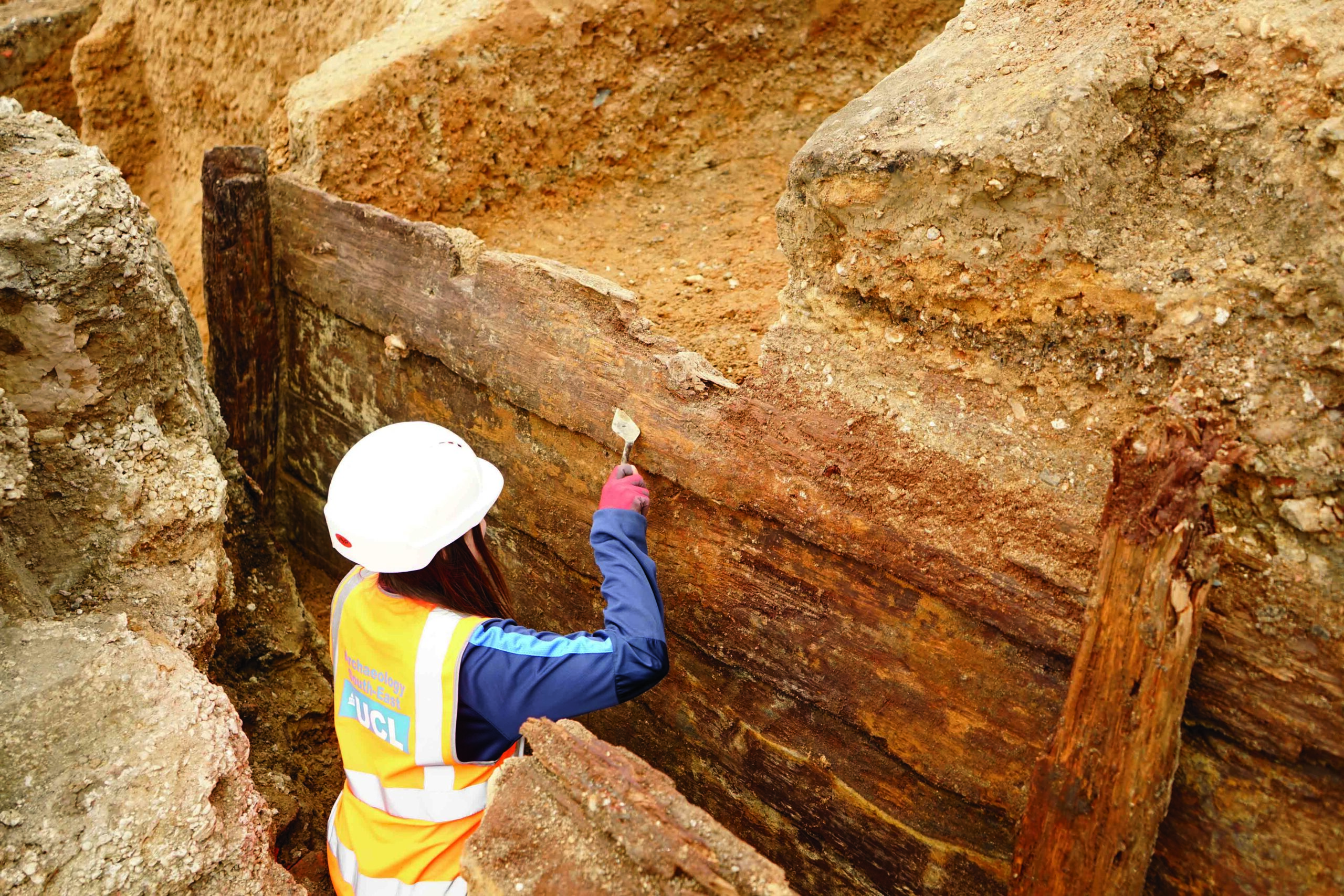MUGLA PROVINCE, TURKEY—The Anadolu Agency reports that an ancient floor surface made up of at least four different colors of marble has been uncovered at the site of the ancient city of Stratonikeia in southwestern Turkey. Archaeologist Bilal Söğüt said the church was constructed on a colonnaded street after an earthquake in A.D. 365, and was in use into the seventh century, when the site was used as a cemetery holding more than 60 tombs. “Here, we exhibit both the floor of the church and several Byzantine tombs which were built by the materials from the church’s floor,” he said. To read about a fifth-century A.D. basilica submerged in Lake Iznik, Turkey, go to "Sunken Byzantine Basilica," one of ARCHAEOLOGY's Top 10 Discoveries of 2014.
Ancient Marble Floor Surface Unearthed in Turkey
News February 10, 2021
Recommended Articles

Secrets of the Seven Wonders November/December 2025
Temple of Artemis at Ephesus
Turkey, fourth century b.c.
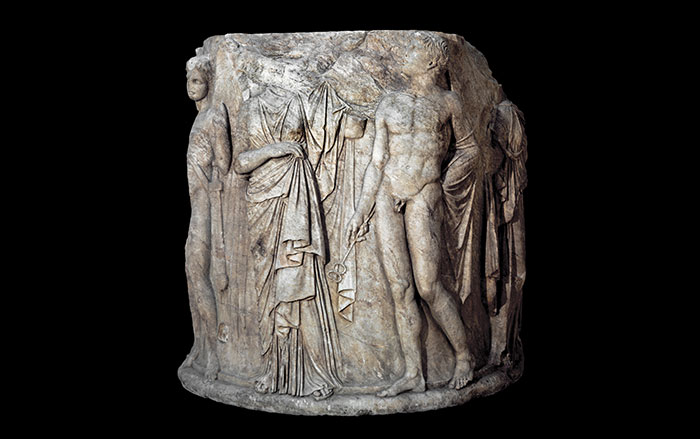
Secrets of the Seven Wonders November/December 2025
Mausoleum at Halicarnassus
Turkey, fourth century b.c.
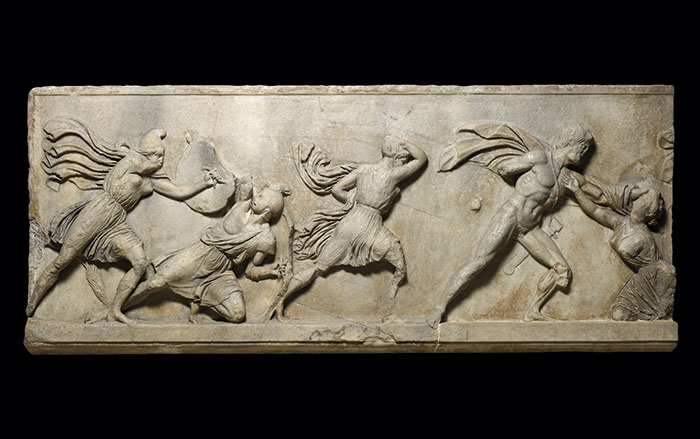
Digs & Discoveries September/October 2025
Dead Drunk
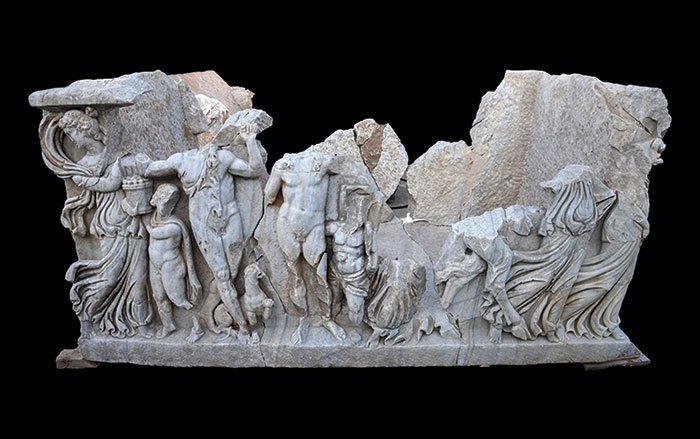
-
 (Pasquale Sorrentino)
(Pasquale Sorrentino) -
Features January/February 2021
Return to the River
Members of Virginia’s Rappahannock tribe are at work with archaeologists to document the landscape they call home
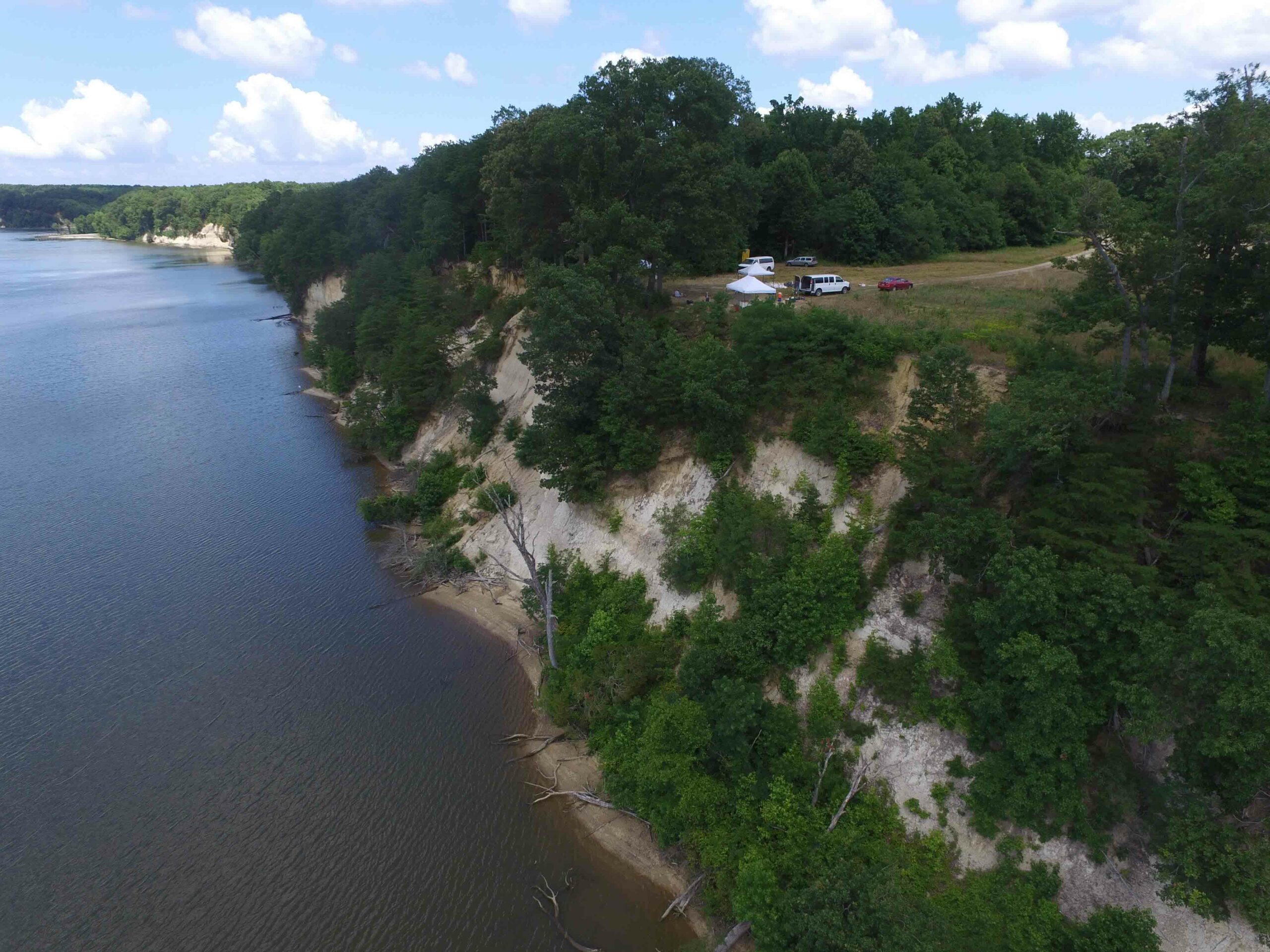 (Courtesy Julia King)
(Courtesy Julia King) -
Letter from Woodhenge January/February 2021
Stonehenge's Continental Cousin
A 4,000-year-old ringed sanctuary reveals a German village’s surprising connections with Britain
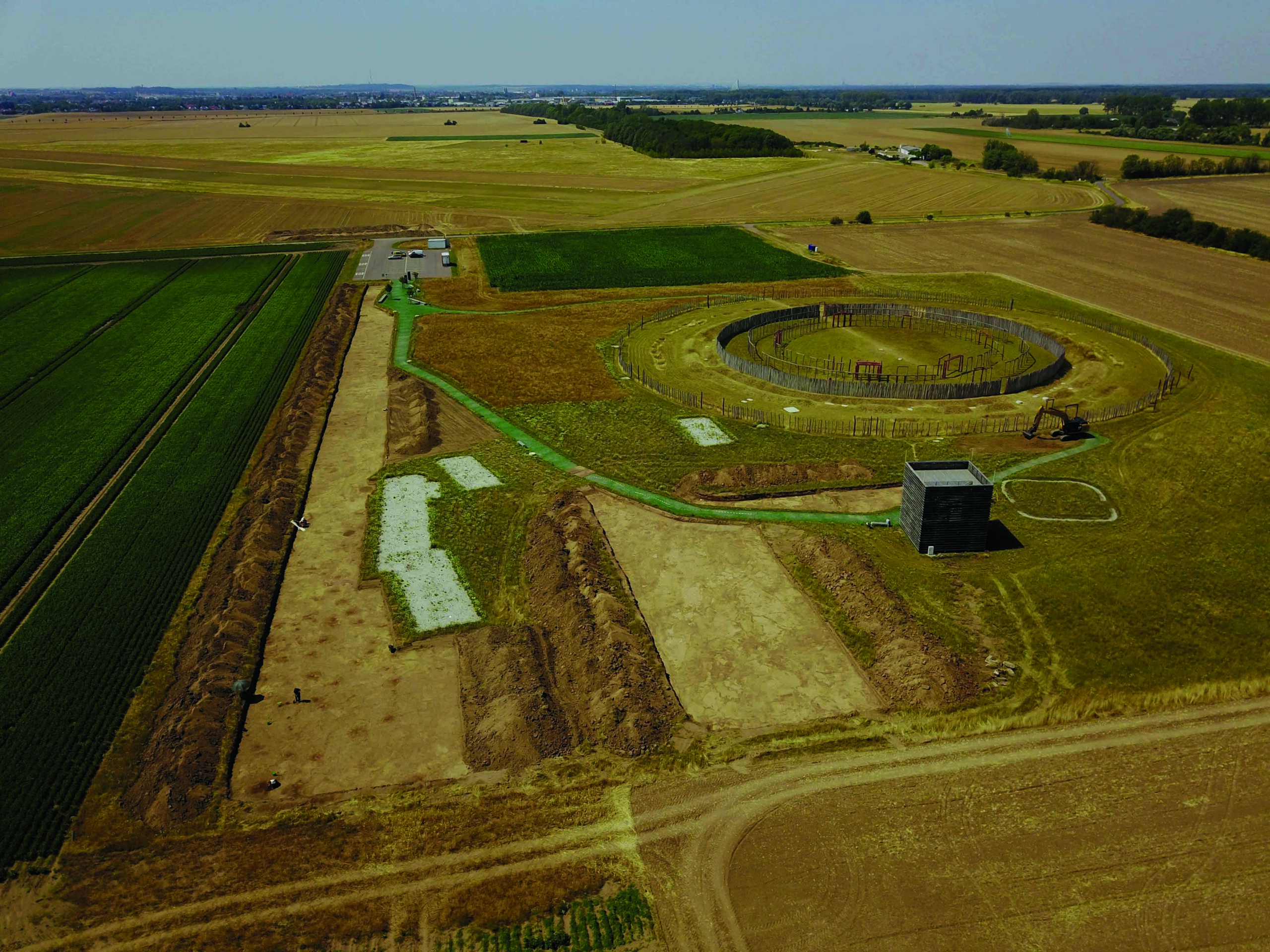 (Photo Matthias Zirn)
(Photo Matthias Zirn) -
Artifacts January/February 2021
Inca Box with Votive Offerings
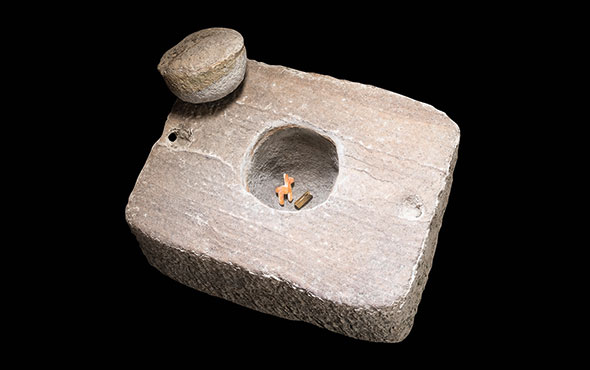 (Courtesy Teddy Seguin/Université Libre de Bruxelles)
(Courtesy Teddy Seguin/Université Libre de Bruxelles)


